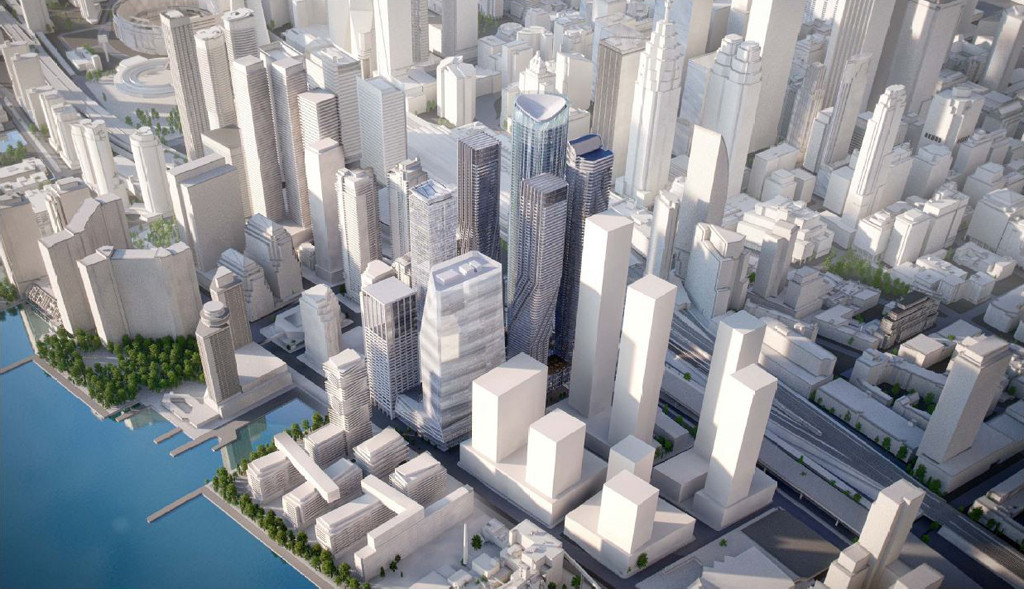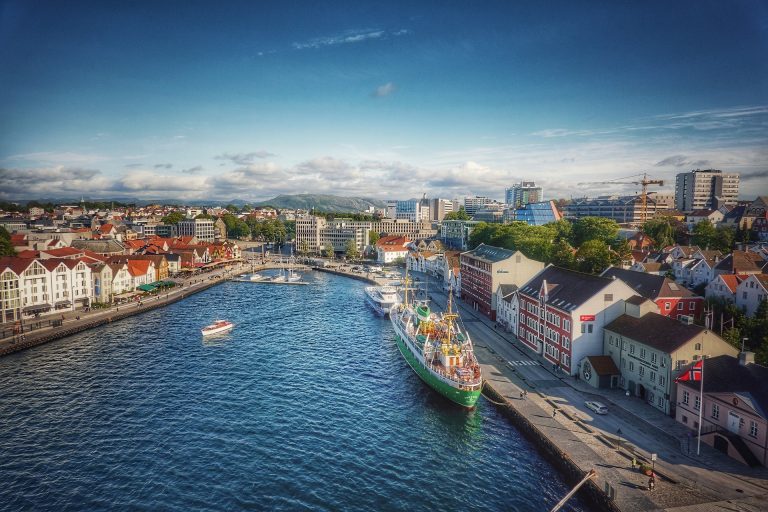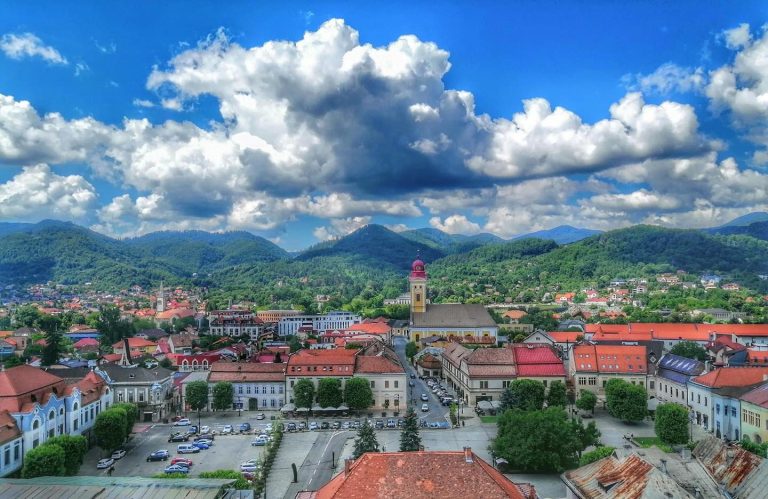We’ve written about the debate around urban density and urban sprawl before, and found that there isn’t a definitive answer as to which is better for building sustainable, smart and friendly cities. However, Vishaan Chakrabarti from Columbia University offers a point of view strongly in favor of urban density, and even for a more advanced concept which he calls ‘hyperdensity’.
Urban sprawl or ‘densifying suburbia’ tends to backfire, according to Chakrabarti, creating areas that are neither urban nor rural and characterized by endless traffic jams – the whole metropolitan region becomes less efficient and uses more resources and occupies the natural environment.
Denser cities are already more successful
Chakrabarti argues that dense cities are the most economically efficient, the most environmentally sustainable and that they encourage joyful and healthy lifestyles.
He criticizes the many urban planners and architects who fail to see the benefits of developing tall buildings and towers but still advocate for density, appreciating ‘low rise, high density’ cities like Paris or Barcelona for avoiding ‘characterless’ skyscrapers which Asian cities like Tokyo, Hong Kong and Singapore can’t seem to get enough of.
However, Chakrabarti reminds us that these Asian cities outpace European capitals in terms of economics, cultural production, mass transit, environmentalism or racial integration, showing that these key metrics can be improved even with hyperdense urban planning.

European capitals, often taken as models for future development by some urbanists, are ‘among the most segregated urban centers in the world and have increasingly unstable finances characterized by debt-driven grands projets’, for example building mass transit infrastructure in areas where not enough people live in order to provide enough ridership for the investment to be justified.
Chakrabarti finds it hard to understand why city residents support mass transit networks but don’t want the development needed for these to be sustainable financially.
In fact, there is a correlation in European cities between allowing skyscrapers and having successful economies – for example, Paris, which is holding on to low-rise buildings, has been held back economically, while London has flourished after building tall towers in various business districts.
Embracing technological and cultural advancements
Historic neighborhoods are often appreciated for their character and people think of them as being more livable, while high-rise density is seen as destructive for the area’s personality.
But Chakrabarti points out that the older buildings are low-rise mostly due to the limits of the technology available at the time – there were no elevators, subways or structural steel. And those buildings are limited in terms of exposure to light and air, especially for people with limited financial means.
‘When the rich build low-rise buildings for themselves, they are typically wider and light-filled; poorer tenants are usually relegated to small, dark boxes.’ On the other hand, towers offer spaces that are more open to light and air – Chakrabarti argues that too many urbanists accept the trade-off where the city remains tower free, but with ‘depressing implications for the poor’.
Work spaces nowadays are often based on the idea of ‘collaborative space’, where natural light and views are valuable for increasing productivity and lowering the energy demands of artificial lighting, and open spaces are best suited for steel or concrete constructions which can support the lack of supportive columns.
Chakrabarti also advocates for mixed-use dense neighborhoods, as in post-industrial times the need for separating the areas where people live and work has become unnecessary and even counterproductive.
Chakrabarti believes that the design of buildings has the potential of being inspiring and exciting for people, and he disapproves of developers’ lack of courage to try new designs, and even brand new buildings are made to look old on purpose. This, in his opinion, is denying the merits of new culture and denigrates truly historic architecture by imitating it due to conservatism and fear of change.
Source and photos: placesjournal.org







